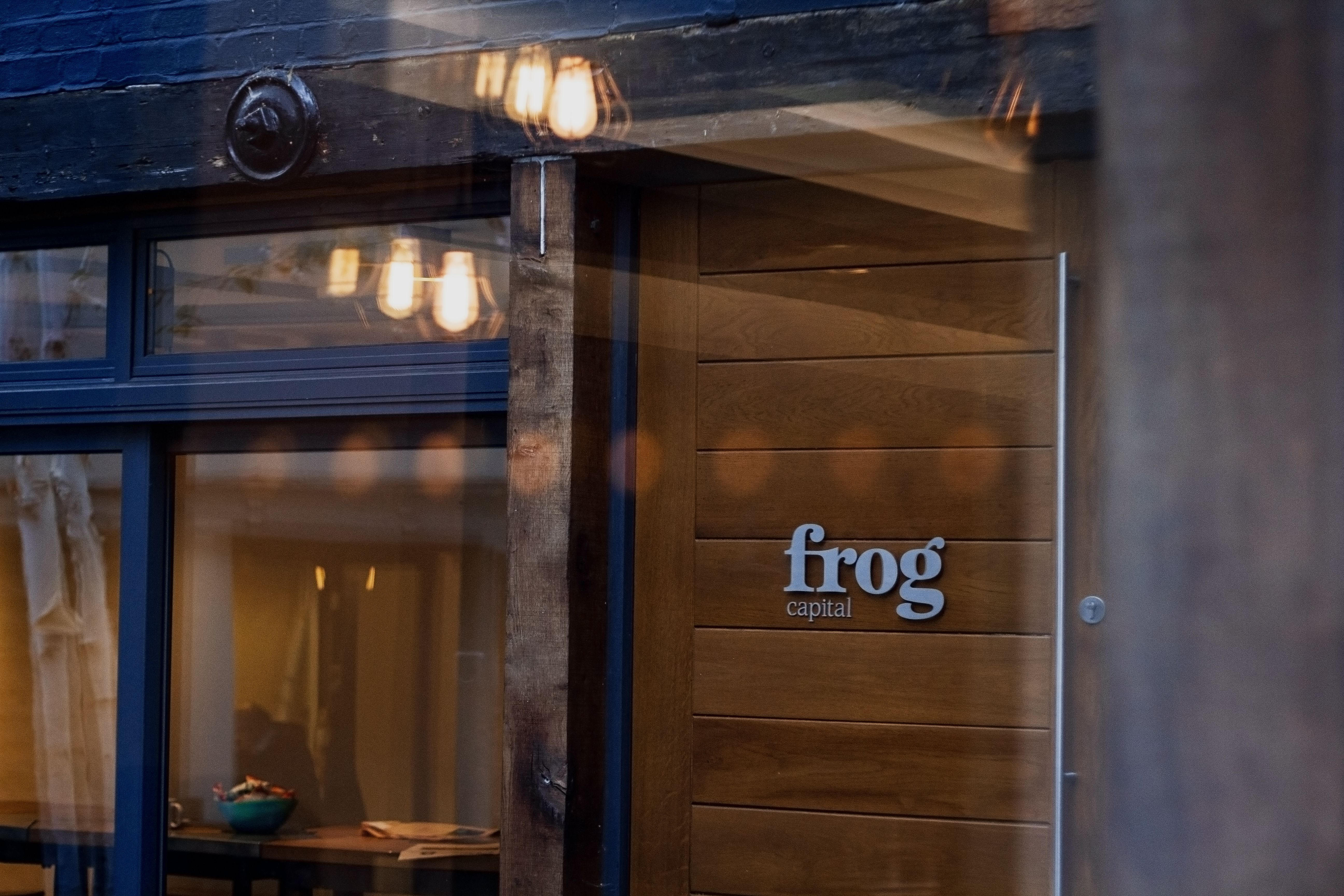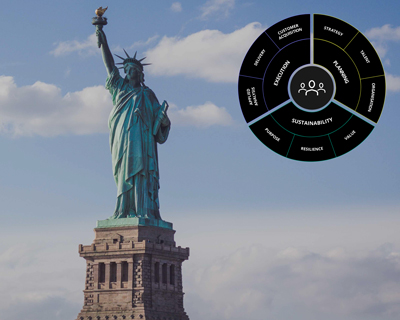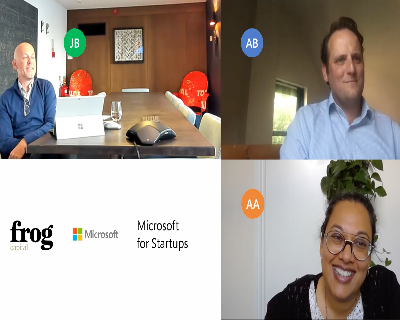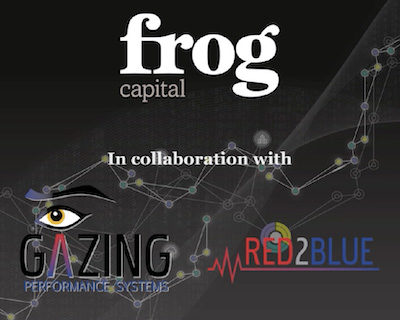In 2005, just six months after a successful IPO, Salesforce faced a serious problem. Even though the company was acquiring customers in droves, they were losing ground to churn at an alarming rate of 8% per month. Salesforce responded to this potentially lethal brake on the company’s growth by creating one of the earliest known customer success teams and charged it with improving customer retention by increasing user adoption. It worked. Salesforce has since sustained an impressive growth rate and is now worth over 30 times its IPO valuation.
In the years that followed, countless other software businesses have also created customer success functions to tackle churn and drive growth. In doing so, customer success has emerged as a certifiable discipline and an essential element of the software-as-a-service (SaaS) business model. No longer just a tactic for large public companies, customer success methodologies and tools are just as pertinent in an early-stage SaaS start-up as they are at Salesforce.

At Frog, our passion is scale-ups and we love SaaS. We designed our Scale-Up Methodology to support CEOs in their mission to build enduring, highly valued companies. For our SaaS investments, that involves building a world-class and fit-for-purpose customer success function. Why? Because customer success is the keystone for successfully scaling a high-value SaaS business. Just like a keystone holds up an arch, customer success holds up a business. It sits at the intersection of what we call the Yin & Yang of SaaS: Customer Operations (delivering on the value proposition) and Revenue Operations (driving efficient growth). In addition to helping customers get the most out of their investment, a high-performing customer success function delivers real value to the company and its shareholders in three tangible ways: (1) faster revenue growth; (2) lower capital needs; and (3) more durable product-market fit. Let’s explore how.
Faster revenue growth
Faster revenue growth is the most obvious and most compelling motive to build a high-performing customer success function. As a business scales, the impact of customer success on revenue growth also increases. There are three complimentary reasons for this:
- Secure renewals and nurture account expansion. The main contribution of customer success to revenue growth is from renewals of existing customers, followed closely by increasing the size of those accounts through up-selling and cross-selling.
- Ease the headwind from churn. As with Salesforce in 2005, this enables sales and marketing to drive more top-line growth instead of spending precious resources to top up the proverbial leaky bucket.
- Accelerate growth through second order revenue, which comes from referrals by customer advocates as well as customer champions who change jobs and bring the product to their new company. Second order revenue can be significant; it grows exponentially as a company builds a thriving customer base and its brand.
By driving faster growth in these three ways, customer success will quickly surpass sales to become the most powerful and most efficient growth engine in a recurring revenue business.
Lower capital needs
The best sales people are happy customers. Better still, they don’t require a salary or need to be paid a commission. By increasing customer advocacy, customer success can dramatically cut the average cost to acquire a customer. Customer success generates referrals, amplifies marketing messages, and helps to close sales. All of which improves sales efficiency by reducing the capital required to hit a certain level of new sales.
In addition, by producing more lifetime revenue from existing clients, customer success contributes a source of low-cost capital that doesn’t need to come from elsewhere, such as venture debt or extra rounds of equity funding.
More durable product-market fit
Scale-ups are all about executing on proven product-market fit and proven go-to-market fit. However, such proof can be fleeting. Technology changes, market movements and competition can erode a company’s differentiation and ability to win in the market. With deep customer relationships and strong feedback loops, the customer success team is well-positioned to have early and valuable insight into changes in the market. By tapping into this resource, a company can be sure to have a more relevant product roadmap and sustain its competitive advantage.
Conclusion
Customer success has gone from being a competitive advantage to a competitive necessity. While we see a wide variation in organisational design, activities and metrics within this indispensable function, one thing is clear: solid execution in customer success provides substantial benefits. The upshots include faster revenue growth, increased capital efficiency and enhanced competitiveness. Together, they improve resilience and enhance value creation. As Salesforce and others have since demonstrated, the impact of customer success can be profound. That is why customer success is the keystone for scaling SaaS.














